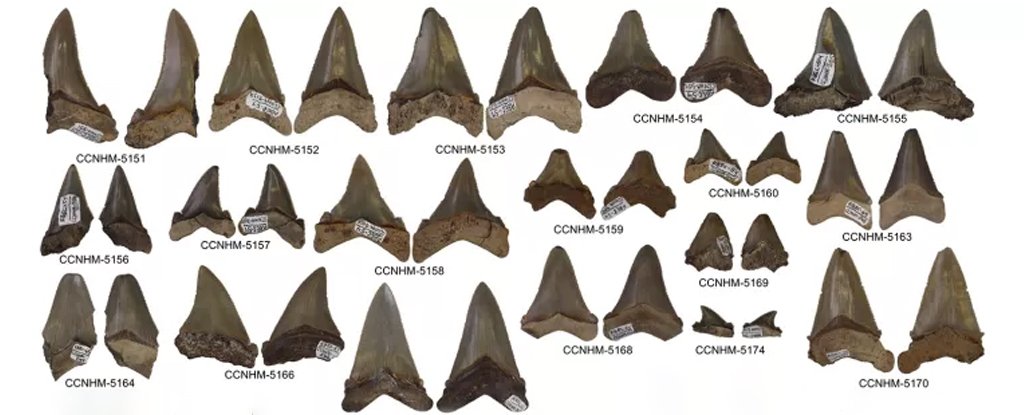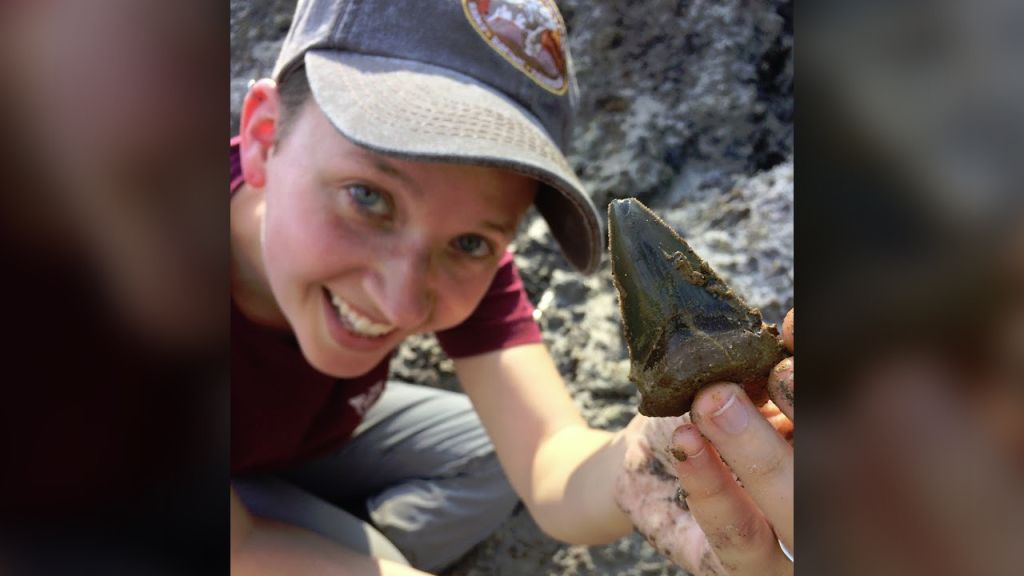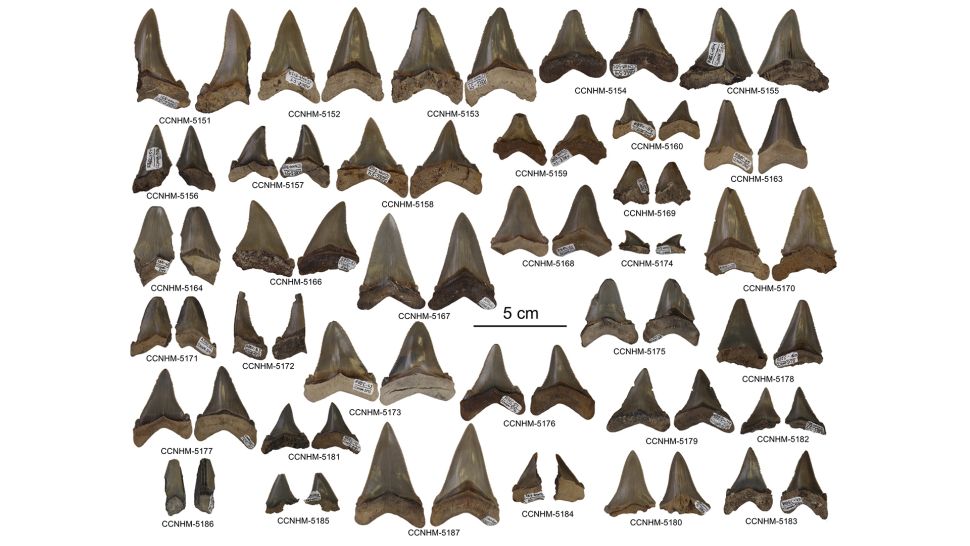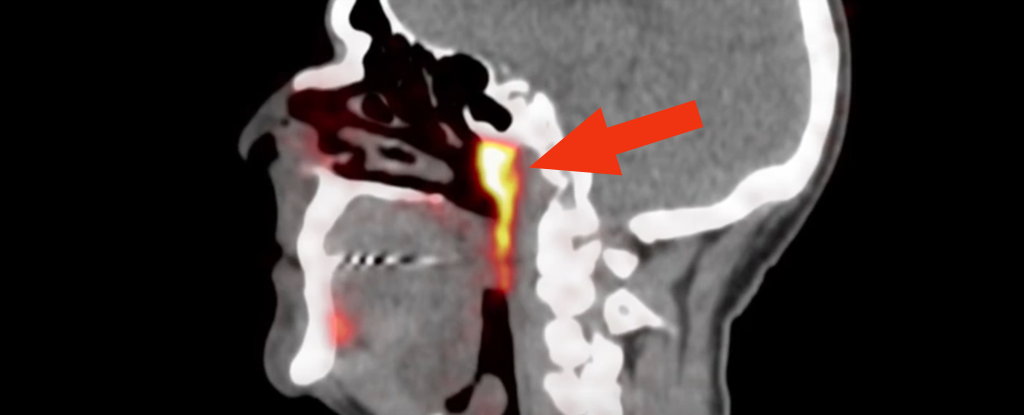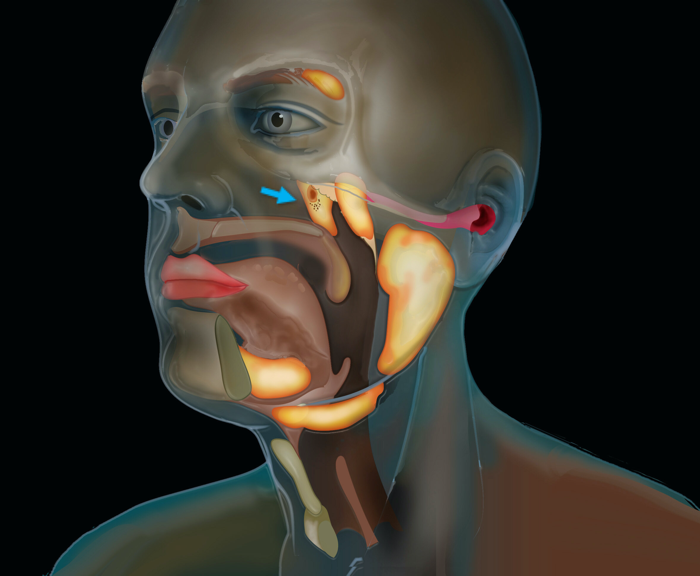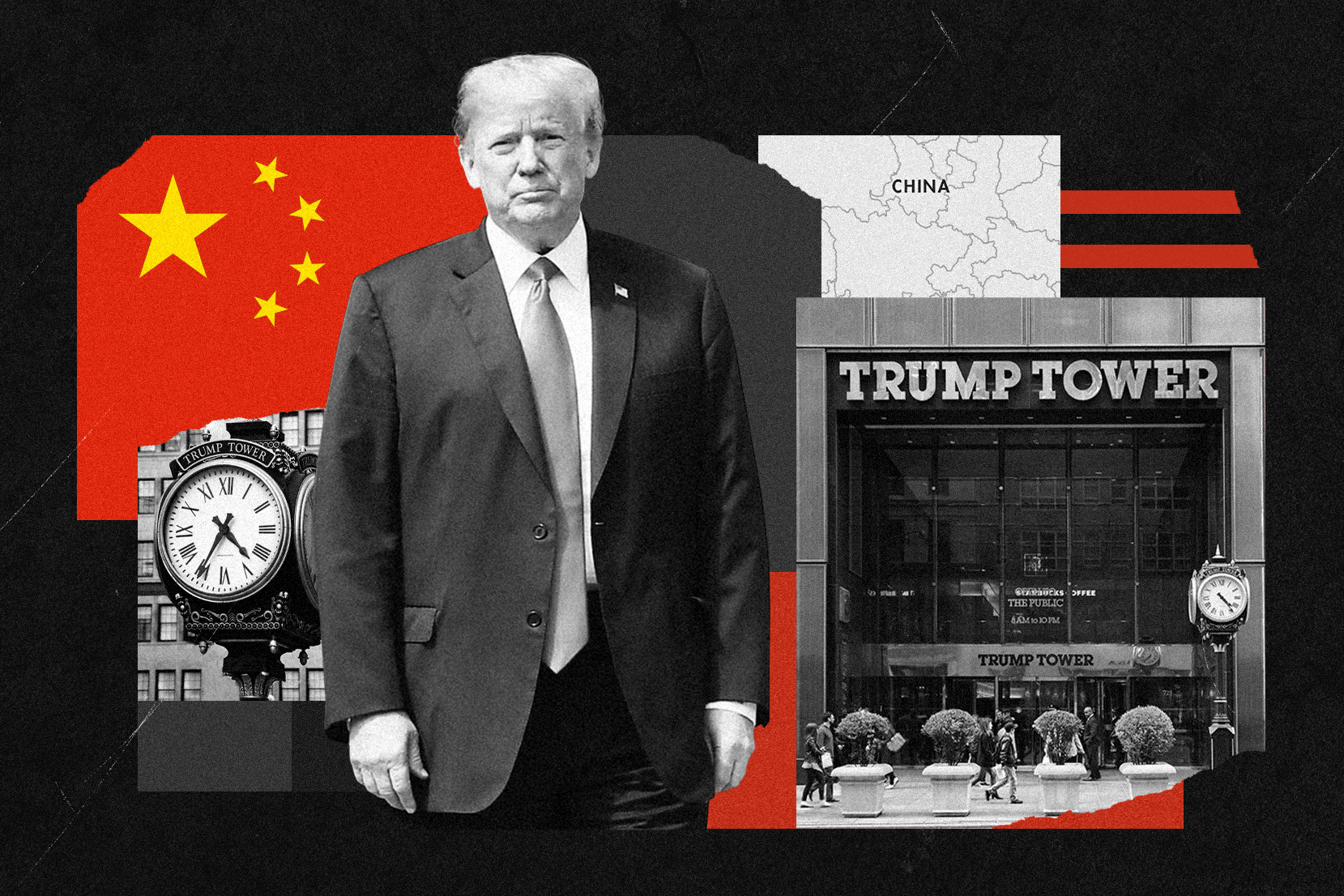
"My Body My Choice" Abortion rights protest, Palm Springs City Hall, May 21, 2019
ABORTION AND THE US
The USA is becoming more polarised as the Trump presidency rages on. Racism, sexism and homophobia are regular features of his administration and the president is exceptional at egging on and encouraging disgusting behaviour often from a racist, sexist or homophobic perspective. Trump, his team and his supporters are largely anti-abortion, which puts reproductive rights in grave danger. Abortion was legalised in the US 47 years ago with the Roe v Wade Supreme Court ruling, yet the struggle to protect this right is far from over. With Trump in power, the state of abortion rights and access to this procedure is desperate. This is a dangerous time for the right to choose across the world.
[pulloutbox]Even if we would not choose abortion for ourselves, we have to recognise it as a fundamental human right[/pulloutbox]
Trump, many of his supporters and close colleagues are anti-abortion/pro-life, but yet they are mainly middle-aged white men. It’s hard to understand why think that they get to have a say over what people can and cannot do with their body and their health? After all, they are not the ones who have to go through the pregnancy and whose body is in question. As allies, we need to stand up and support the right to choose, even in another continent. Even if we would not choose abortion for ourselves, we have to recognise it as a fundamental human right and as a human right, we should fight to protect it across the world.

Across the world and in the US, in particular, things appear to be deteriorating. Many US states have strict abortion laws, or are trying to pass legislation to limit the right to an abortion. Underpinned by sexism and misogyny, there’s a clear desire on the part of many US lawmakers to control what people can and can’t do with their bodies, preventing them from determining their own future path.
Of course, recently, the Supreme Court has lost Justice Ruth Bader Ginsberg, a liberal judge who believed in the right to abortion and was a notorious feminist and defender of women’s rights. President Trump has already announced his nominee, pro-life Amy Coney-Barett and is seeking to fill the court seat before the election – in direct opposition to Bader Ginsberg’s dying wish for a new judge to be nominated only after the election. This would tip the ideological balance of the court, the most significant judicial institution in the US, decidedly in favour of the conservatives, further threatening the Roe vs. Wade ruling.
PROTECTING THE RIGHT TO CHOOSE FOR ALL
It is not just cis-women who are affected by the endangerment of reproductive rights, but trans and non-binary people as well. In June, as the US continued to weather the Covid-19 pandemic, the Trump administration reversed non-discrimination healthcare protections in the 2010 Affordable Care Act. The protections had ensured that clinics and facilities receiving federal funding could not refuse to provide certain services on discriminatory

[pulloutbox]The President is able to exploit US economic power and foreign power, with Trump using such abilities to enforce his pro-life viewpoints globally[/pulloutbox]
Reproductive imperialism
However, Trump and his pro-life administration are not just threatening the rights of those affected in the US, but cast doubt over the security of those rights in other parts of the world. The President is able to exploit US economic power and foreign power, with Trump using such abilities to enforce his pro-life viewpoints globally.
In what can be described as ‘reproductive imperialism’, the US has played a key role in restricting abortion rights beyond its borders in countries, which receive economic aid and assistance. The global gag rule, an example of these imperialist policies, was enacted in 1984 by President Ronald Reagan. It prevented foreign non-government organisations (NGOs) that receive US aid, from providing particular services or restricting the circumstances in which they can. In many cases, services limited or even restricted include reproductive and sexual health and abortions.
[pulloutbox]The Trump administration has also deployed the gag rule to target the rights of women, trans people, non-binary people and other minority groups[/pulloutbox]
The Trump administration is now trying to expand this policy to cover a wider range of organisations and to limit their work to an even greater extent. An extension of these imperialist powers would mean that all organisations receiving US aid for health work – even if they also received funding from other sources – would not be able to provide,

The Trump administration has also deployed the gag rule to target the rights of women, trans people, non-binary people and other minority groups. In addition to restricting abortion services, HIV and AIDS treatment and services have also been cut. Already this has led to a decrease in testing and a decline in the quality of HIV and AIDS care and treatment in some countries. The Trump administration is responsible for putting some of the most marginalised groups in the world in even greater danger. It has an immeasurably dangerous and limitless desire to control bodies and destinies across the world.
RESISTANCE TO REPRODUCTIVE RIGHTS
The many anti-abortion groups active in the US vindicate and support President Trump’s cruel attempts to restrict rights in the US and across the world. The so-called March for Life is a public display of the anti-women, anti-choice attitudes that underpin opposition to abortion. It draws activists from a range of pro-life groups, with tens of thousands attending the 2020 march held in Washington DC. Anti-abortion protests in the US have even gone so far as to include murder, arson and assault. One shooting at a Colorado abortion clinic by a pro-life gunman left three dead; a shocking case that demonstrates how deeply embedded anti-abortion values are in some sections of US society and culture.
[pulloutbox]At a national level, screaming at and abusing those accessing these clinics, for making their own choices, remains legal[/pulloutbox]
Pro-life campaigning groups in the US are matched by anti-abortion organisations and campaigns here in the UK, where the right to choose also attracts criticism and protest. Sadly, in the UK being harassed outside an abortion clinic is a reality for so many, making an already difficult personal experience even more traumatic. Groups like Back Off have campaigned to introduce a national law to create a ‘buffer zone’, which would prohibit campaigning against abortion within a certain distance of a clinic. Despite these widespread campaigns the proposal has been widely rejected under the guise of ‘free speech’. Some local authorities have already introduced such zones and made progress towards truly protecting abortion rights, but at a national level, screaming at and abusing those accessing these clinics, for making their own choices, remains legal.
Sister Supporter is one of the most active groups campaigning against harassment near

ABORTION RIGHTS IN THE UK
Of course, when discussing abortion rights in the context of the UK, we should remember that Northern Ireland only legalised the procedure in October 2019, with a new framework for abortion services only coming into effect on 31 March, 2020. It is quite shocking to consider that the Abortion Act passed in 1967, but this legislation has only taken force this year, leaving the people of Northern Ireland without the fundamental right to choose. Indeed, before the legalisation of abortion in Northern Ireland, there were many heart-breaking stories of women from Northern Ireland having to travel to other parts of the UK in order to get an abortion. In 2018, over 1,000 women travelled from Northern Ireland to England, Wales or Scotland for an abortion. Behind this figure, there lies stories of individual women; deprived of choice in their homeland and forced to make a difficult journey, in many cases alone. It’s unsettling to consider and alarming how slow progress has been made.
The law in Northern Ireland is by no means perfect though. Similarly to how different US states have different laws for abortion, varying in their harshness and severity, different component parts of the UK also have different laws, creating an incomplete and unjust system. In Northern Ireland, people can only obtain abortions for up to 12 weeks of pregnancy, compared to 24 weeks in the rest of the UK. When addressing the distressing state of abortion rights in countries like the US, we have to remember that there is still so much work to be done at home.
[pulloutbox]There is so much work to be done here, at home[/pulloutbox]
The Abortion Act of 1967, where the right to abortions in the rest of the UK is derived from, is in itself inadequate and in need of serious reform. Today, for an abortion to be carried out, the signatures of two healthcare professionals is needed, to ensure the requirements of the Abortion Act are met. It is the only medical procedure in which an adult, capable of independently giving consent, must get permission, creating practical and bureaucratic barriers in accessing this treatment and this basic right. This clause of the Act also suggests a continued reluctance around the right to choose, here in the UK .
Across the world, the campaign to control people’s bodies, identities and lives rages on, including debates over the right to an abortion. For me it’s simple: if you don’t agree with abortions yourself, don’t make the choice to have one. But many pro-life supporters think that their opinions are grounded in fact and theology, giving them the right to dictate what someone – often a stranger – does with their body.
[pulloutbox]It seems to me that pro-lifers can only be described as misogynistic and sexist[/pulloutbox]
In this hateful and often dangerous struggle, the meaning of ‘pro-choice’ has become distorted and twisted by those who organise against reproductive rights. So many have forgotten that pro-choice doesn’t necessarily mean you support people getting abortions, it just means you agree that they have the right to choose one if they want to. Pro-lifers, meanwhile, often give little regard to what an individual is going through and even less regard to the kind of life a child may have after it is born. Here there is an inherent contradiction in the term ‘pro-life’: surely someone pro-life would care about the quality of life of both parent and child?

It seems to me that pro-lifers can only be described as misogynistic and sexist, and yes, this also includes women. Many say they are pro-life, claiming to care about and respect the value of life, but often once the child is born they no longer care what happens to it. It’s like trying to prove a point and using human lives as pawns to do so. This whole ‘debate’ seems, at the heart of it, to be about having control over other people and their choices. It is our duty to resist this, reasserting that the right to choose is one of the most fundamental rights a human has.
Though this struggle has been long and very bitter, there have been glimmers of hope and good news. In the US, a recent Supreme Court ruling struck down a proposed Louisiana law to limit abortions in the state. Here in the UK, there have been incredible campaigns to protect the Abortion Act and to carry on striving for change in Northern Ireland. Right across the world, hatred and harassment have been met by moving acts of solidarity and incredible resistance to those who would seek to remove a woman’s right to choose.
If someone has the legal right to abort a pregnancy this can allow them to take an informed, considered decision about their own body. Protecting reproductive rights in the UK, the US and around the world is one of the most important ways to ensure that we all have control over our own lives and futures. Whether it’s campaigning for buffer zones in our local authority areas, or protecting the Roe v Wade ruling in the US, it is important that we step up in our duty to protect a fundamental human right. We must not grow complacent.

EMILY BARTLETT· POLITICS·16 OCTOBER 2020
The featured image shows a black flag. On it, in white lettering reads: ‘My body my choice’.
Photograph by Don Barett, used under the Creative Commons License
The first image shows President Trump at a campaign rally. He wears a suit and stands behind a podium, with a blue sign reading ‘Trump’ in white letters on it. He talks to the crowd, gesticulating with his hands.
Photograph by Gage Skidmore, used under the Creative Commons License
The next photograph shows Justice Ruth Bader Ginsberg. She wears a green and black top and smiles as she looks off to the side.
Photograph by the Ruth Bader Ginsberg Institute, used under the Creative Commons License
The photograph shows a man at a pro-abortion rally. He has dark hair and wears glasses and holds a sign that reads: ‘Planned Parenthood Saves Lives’
Photography by Molly Adams, used under the Creative Commons License
The next photograph shows a blue sign, with ‘Keep Abortion Legal’ on it in white lettering.
Photograph by Tony Wu, used under the Creative Commons License
The final image shows a woman, holding a pink megaphone. The text on the megaphone reads ‘We must not go back’.
Photograph by A. Ricci, used under the Creative Commons License

 This is the core of Greta Thunberg’s inability to fit in. She doesn’t play by the rules. The bureaucracy, the debates for the sake of debating, the fame. It all feels irrelevant. “The house is on fire” is
This is the core of Greta Thunberg’s inability to fit in. She doesn’t play by the rules. The bureaucracy, the debates for the sake of debating, the fame. It all feels irrelevant. “The house is on fire” is 
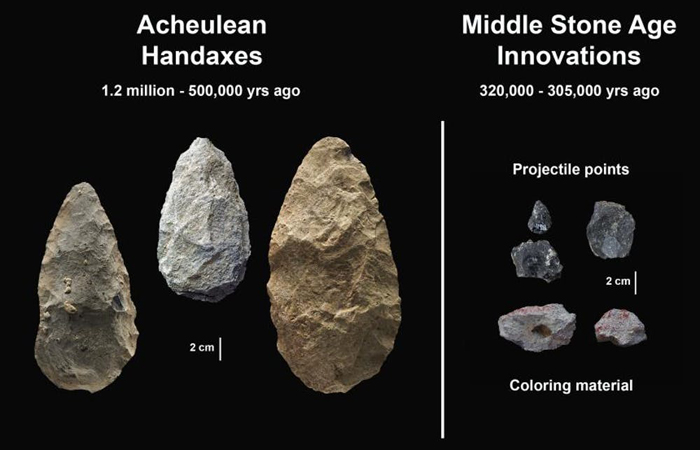




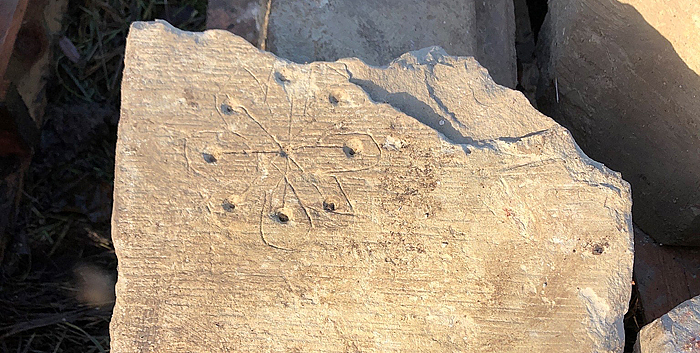
 \
\